Regardless of the type of ride you are doing, route planning is often key to getting maximum enjoyment out of the ride. For some, getting the map out (physically or virtually) is half the fun, but for others it can be off putting, particularly if you’re trying a new type of cycling, such as bike packing off road. I thought it would be helpful to share my experience from what I have learned in six years of planning cycling routes professionally, and help you plan your perfect cycling adventure.
Be realistic
Being realistic about your route is the most important advice on route planning. The distance you cover in a day will hugely vary depending on your bike, your ability to ride, the terrain, and also the weather (see more below). The first thing I always look at is the ratio of ascent a route includes compared to its distance. This won’t be an exact figure: While the length doesn’t vary a lot, several route planning apps will come up with different numbers for the ascent. But if you use those numbers with some caution, it will give you a good indication. If you are new to cycling, it’ll take a few rides to understand what is achievable for you in regards to ascent and length. The surface of a route will also have a considerable impact on your route planning. The thinner a path gets on your screen or map, the more likely you are to be moving slower. Remember that you can always extend a route, but cutting it short might leave you with the sinking feeling that you missed the best bits.
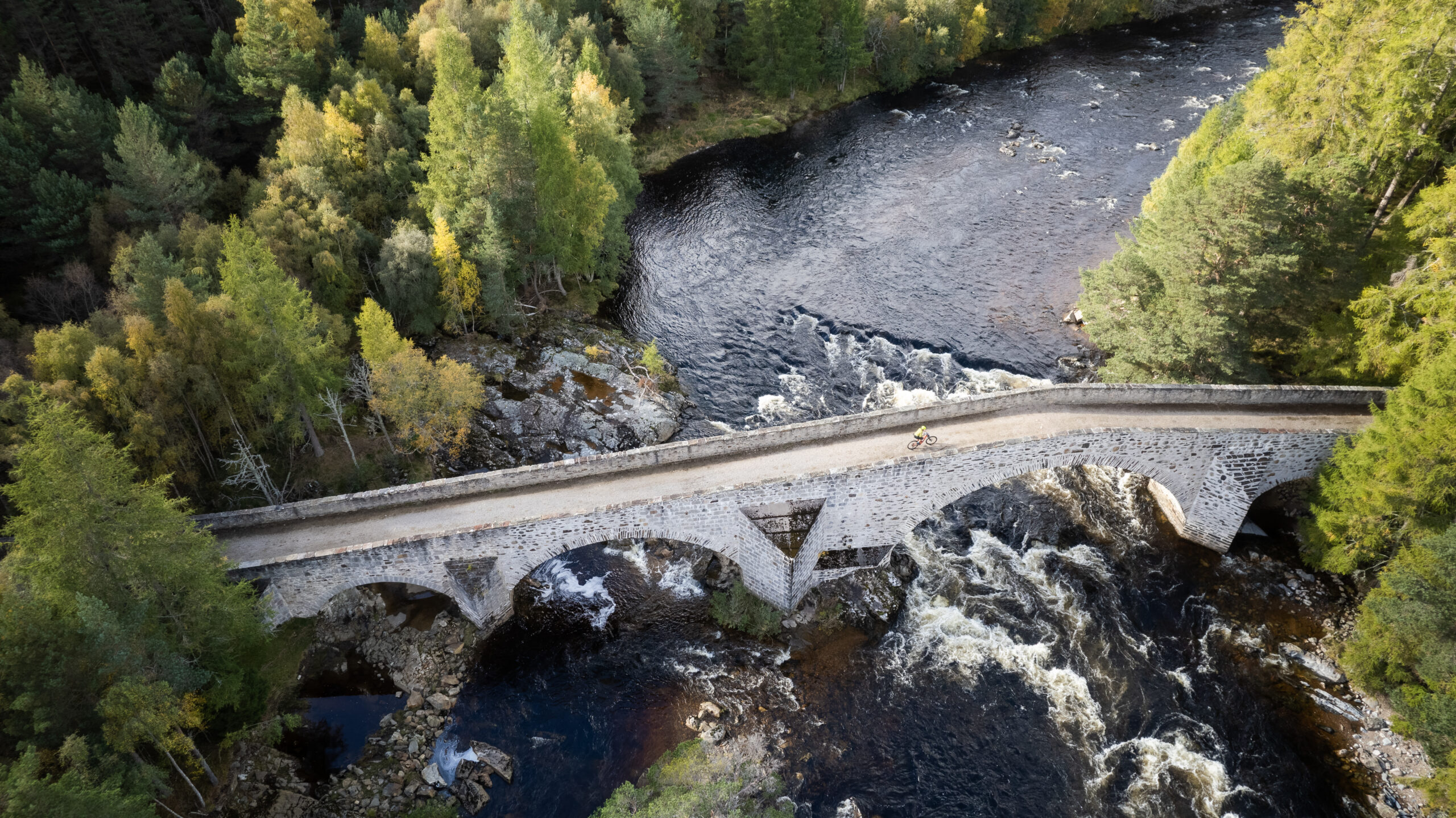
Think about the weather
The weather conditions can make a huge difference, especially when riding off-road. I ride my bike in all seasons. While personally I think winter rides are often much more rewarding, they are also much shorter. When I cycled from Oslo to Berlin recently with Mark Beaumont, we were way too ambitious with our daily distances, and had to replan our whole route after day one, as the average speed was almost half of what we had planned for. From personal experience I find that rain makes me cycle faster than expected, while a steady headwind can easily half the planned speed or stop you entirely. Route planning apps like Komoot and Google Maps will give you a good estimate, but they can’t consider the weather conditions. When we planned our Explore Your Boundaries route in Edinburgh in 2020 we were expected to cycle it in about 7 hours, but it took us 14 hours in the end – cycling on snow and ice took much longer than cycling the route in dry summer conditions.
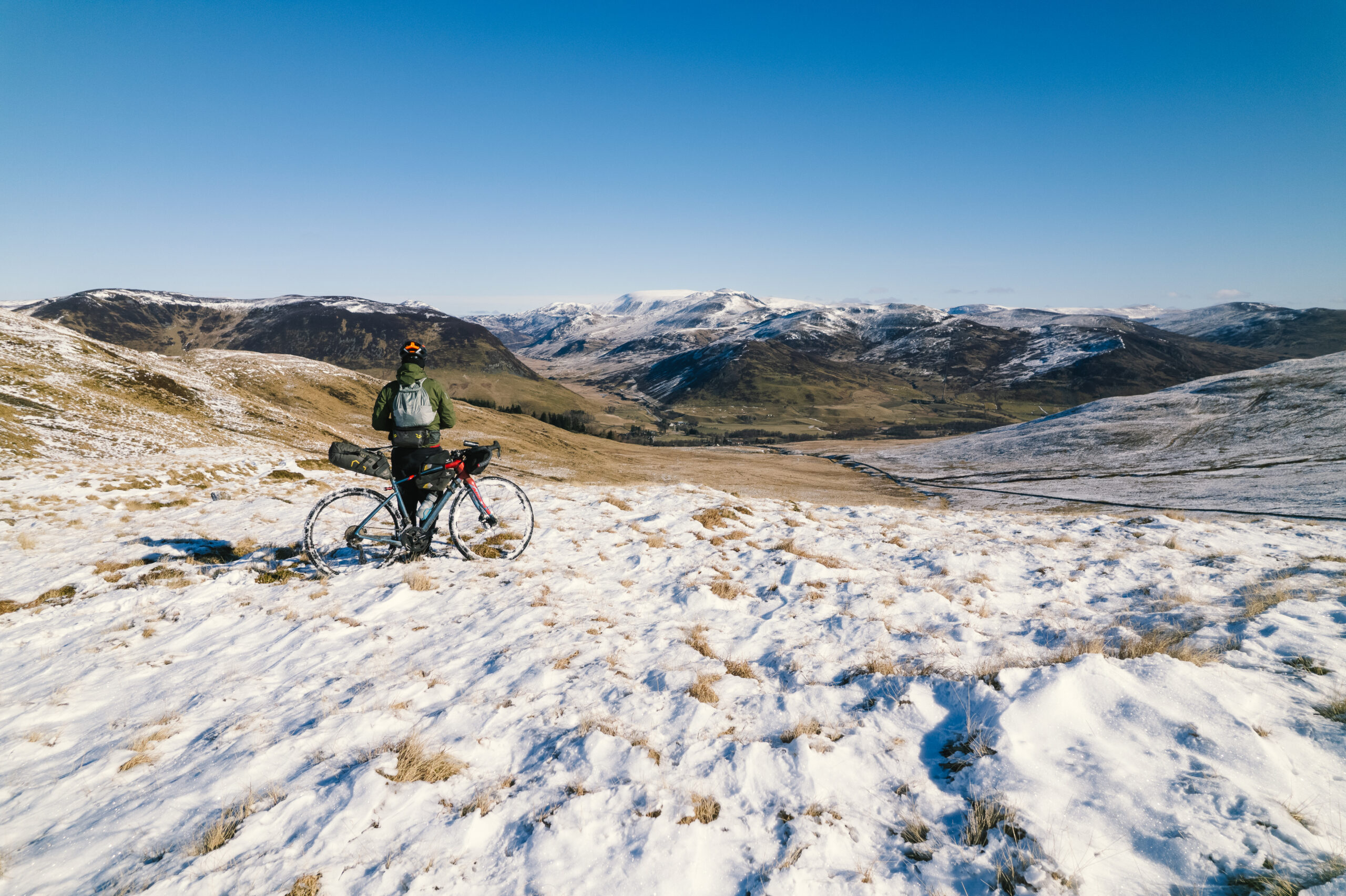
Route planning apps are a pretty good start
I have mainly used Komoot as a route planner for most of my recent work, including mapping routes for my upcoming book ‘Bikepacking Scotland’. It’s a very intuitive route planner, and the two main features that set it apart from other route planners are the choice between different types of bikes and the possibility to look at what’s underneath your blue line. Its sport specific maps are a useful feature as well, as well as the different map layers that can help to tweak your route or map off-grid segments. Komoot is based on Open Street Maps, which are updated more frequently than Ordnance Survey maps, but sometimes the information can be incorrect as well. Komoot might flag a segment of your route where cycling is forbidden – while this is often correct, in countries with more favourable access rights like Scotland or Norway you might still be allowed to cycle there. If in doubt, try to find more information, and plan an alternative option as a backup.
Ordnance Survey’s OS Maps app is a useful tool, especially if you are out in the route and need a second opinion. It’s less ideal for planning, but using the AR Viewer to pan across the landscape and discover the nearest forests, coastlines, hills, mountains for inspiration is a great feature, as is the 3D fly through when you plan your routes.
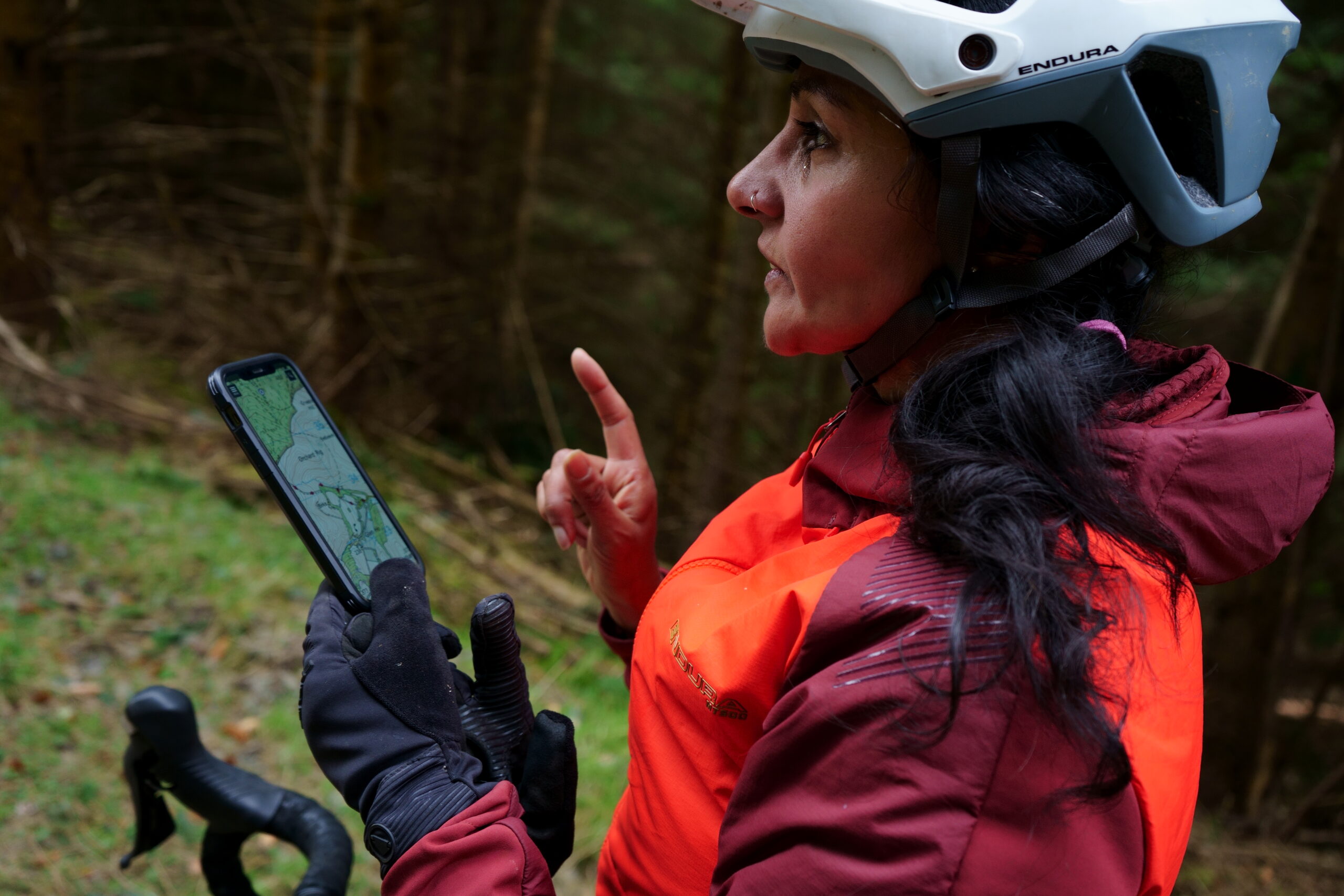
Know your rights
For off-road cycling, access to the countryside is different in England/Wales and Scotland. If you travel abroad, access rights will be different as well, so buying a guidebook will be a great starting point. In England and Wales bikes are permitted only on public rights of way, with the following allowing for cycling:
Bridleway
Byway open to all traffic
Restricted byway (not for use by mechanically propelled vehicles)
There are also other routes with public access like cycle routes or permissive bridleways, along which landowners have permitted public use. Those are not rights of way. All the above are liable to change and may not be clearly defined on the ground. Please check with the relevant local authority for the latest information. It is trespass (currently a civil offence, although this is under review) to cycle on footpaths in England and Wales, unless the landowner gives permission.
In Scotland the Scottish Outdoor Access Code gives people the right to access to most land including private roads, tracks and paths, for recreation and to get from place to place. This right is conditional on people acting responsibly. The main exceptions to the new right are: people’s gardens, farmyards (although access is often possible – if in doubt ask), and land in which crops have been sown or are growing (but you can use field margins as long as you
avoid unnecessary damage to the crops). You can take access to golf courses (except greens and tees), but only to cross the area and without interfering with play. At golf courses cyclists need to keep to paths at all times. You are also allowed to cycle off-path, but encouraged to avoid going onto wet, boggy or soft ground, and churning up the surface.
Rare species, like capercaillie in Scotland, are easily, and often unintentionally, disturbed by humans. In areas like national parks it helps to stick to trails that have been carefully designed, like these gravel and bikepacking routes here in the Cairngorms National Park.
The rules for cycling on roads are less complex and don’t differ hugely across the world. Motorways and big trunk roads are out of bounds for cyclists. Cycling on pavements is illegal in the UK, unless it is also a cycle path, but other countries like Germany are much more favourable towards cycling on pavements.
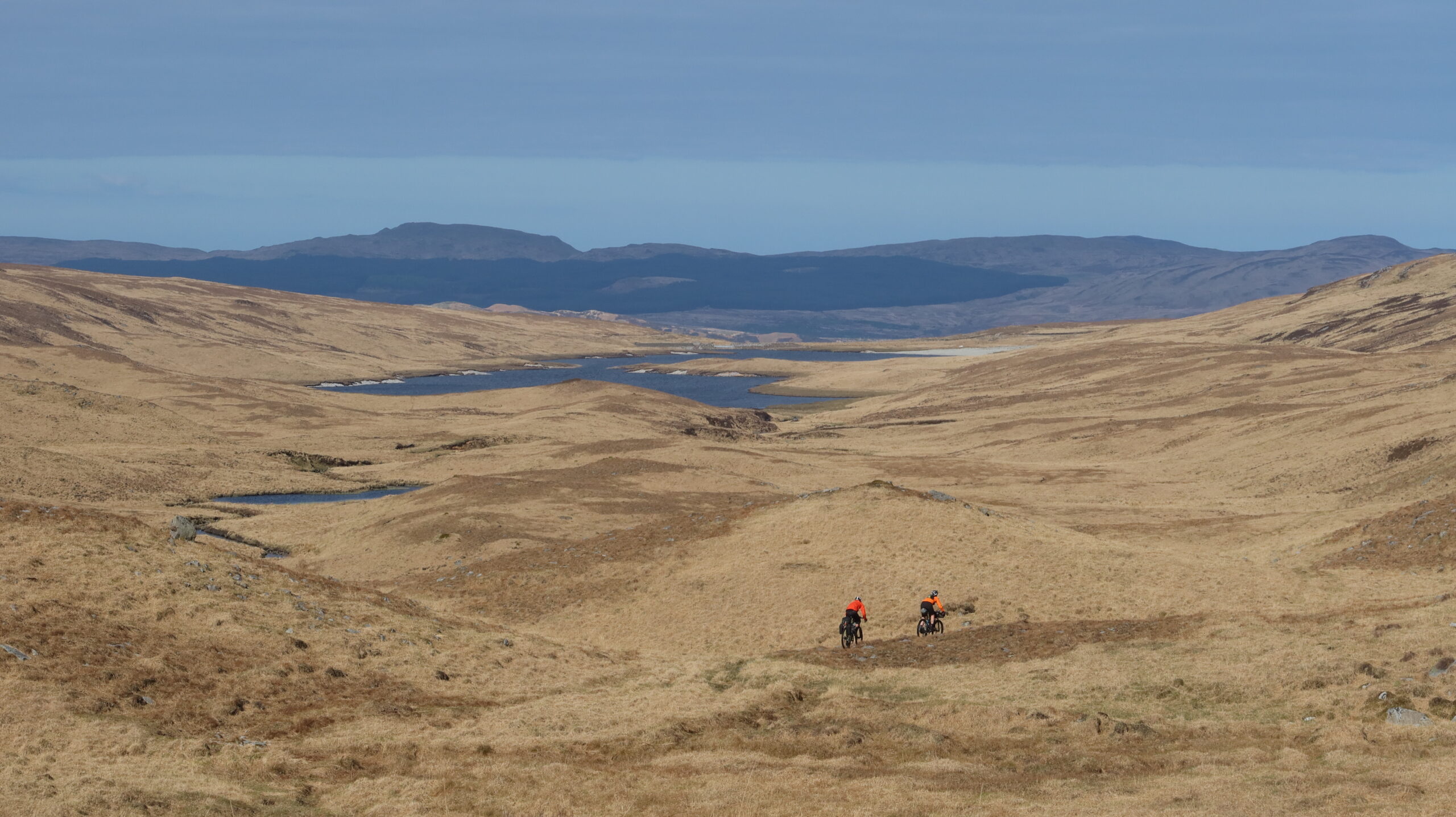
A route is more than just cycling
Unless you are training hard for an ultra endurance ride, taking time off the saddle, relieving your muscles, tendons and pressure points and enjoying the places your bike takes you to is as important as cycling. I could make up my own version of this, but as I have always loved the guide books from the Kennett Brothers in New Zealand, I used their board game analogy in my two recent books, as it’s great. They describe bikepacking as a board game, but the same can be applied to all but professional cycling. You will score points for the following:
Live and learn – check out interpretation panels on the side of a track, visit a museum, talk to locals or hang out with other riders. Share your own stories and give people an opportunity to share theirs.
Chow down – food is more than just fuel. Find your happy place at the great places to eat and drink along the way. Local communities will be much more welcoming to cycling visitors if they see the positive benefit from them.
Mix it up – make the most of the places of interest along the route. Take that wee detour and use the opportunities along the way. Some routes offer boat tours, walks, kayak tours, or great places to swim.
Photo time – stopping for a nice view and a picture slows you down and invites you to share it with others. That said, be mindful of what you share publicly (more on this below). If you come across a secret bothy or a perfect campsite, try to keep the secret for yourself.
If you let the four points above influence your route planning, you’ll end up with a more rounded and enjoyable ride.
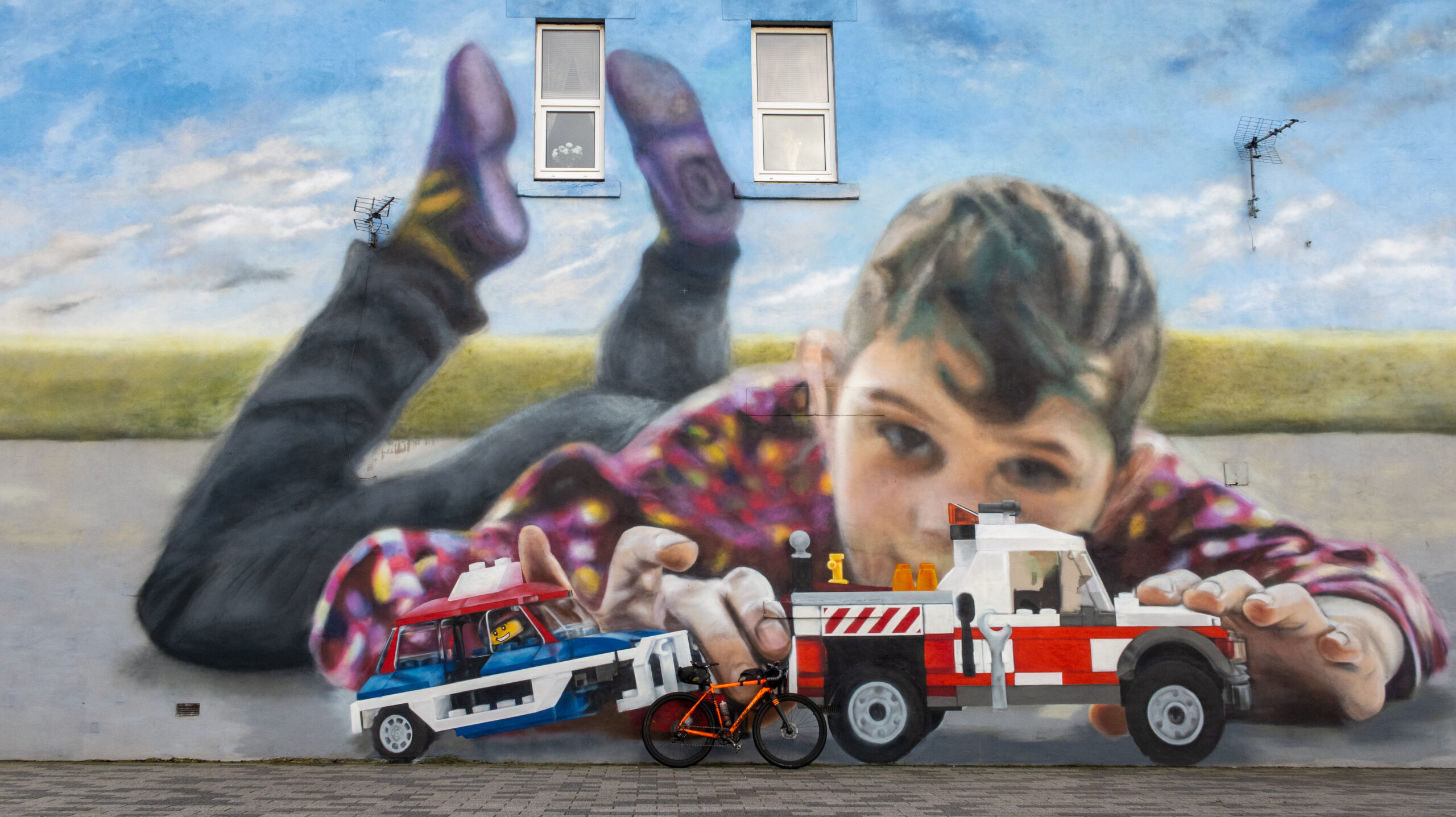
Maps and books are great for route inspiration
Over the years I have found great inspiration in good books and maps. And while freely available tourist maps, either in printed form or online, are often only of limited use for cycling, they might still have good information for planning your own route. While paying for a well-researched book will set you back by a few quid, it is money well spent. Here are suggestions from six years of reading and writing books. Some of the books might be out of print, check out your local library or used book shops.
Scotland – List on Amazon here
Edward Shoote – Gravel Rides Scotland
Markus Stitz – Bikepacking Scotland
A. R. B. Haldane – The Drove Roads of Scotland
Peter D Koch-Osborne – The Scottish Glens (various books)
Scottish Rights of Way and Access Society – Scottish Hill Tracks
Ralph Storer – Exploring Scottish Hill Tracks
Anne Ward – Nothing to See Here: A Guide to the Hidden Joys of Scotland
Phil McKane – Scotland Mountain Biking: The Wild Trails (Vol I & II)
Geoff Allan – The Scottish Bothy Bible
Alistair Moffat – The Hidden Ways
Patrick Baker – The Unremembered Places & The Cairngorms: A Secret History
UK – List on Amazon here
Emma Kingston – Bikepacking England
Markus Stitz – Great British Gravel Rides
Dave Barter – Great British Bike Rides: 40 classic routes for road cyclists
Jack Thurston – Lost Lanes (various books)
Kathy Rodgers & Markus Stitz – Big Rides Great Britain & Ireland
Harold Briercliffe – Cycling Touring Guides (various editions & books)
Mark Hudson – The Rough-Stuff Fellowship Archive: Adventures with the world’s oldest off-road cycling club & Further Adventures in Rough Stuff: The Rough-Stuff Fellowship Archive Volume 2
Hannah Collingridge – Pennine Bridleway
Hannah Reynolds & John Walsh – Britain’s Best Bike Ride: The ultimate thousand-mile cycling adventure from Land’s End to John o’ Groats
Des Hannigan – Ancient Tracks
International – List on Amazon here
Stefan Amato – Bikepacking: Exploring the Roads Less Cycled & Grand Bikepacking Journeys: Riding Iconic Routes around the World
The Kennett Brothers – Bikepacking Aotearoa
Lonely Planet – Lonely Planet Epic Bike Rides of Europe: explore the continent’s most thrilling cycling routes
Lonely Planet – Lonely Planet Epic Bike Rides of the World: explore the planet’s most thrilling cycling routes
Lonely Planet – The Bikepacker’s Guide to the World
Simon Warren – 100 Greatest Cycling Climbs of Spain: A guide to the famous cycling mountains of mainland Spain plus Mallorca and the Canary Islands
Bikeline – Eurovelo 1 Atlantic Coast Route From the fjords of Norway to the beaches of Portugal
Nicky Crowther – Classic Mountain Bike Rides: Thirty of the World’s Most Spectacular Trails
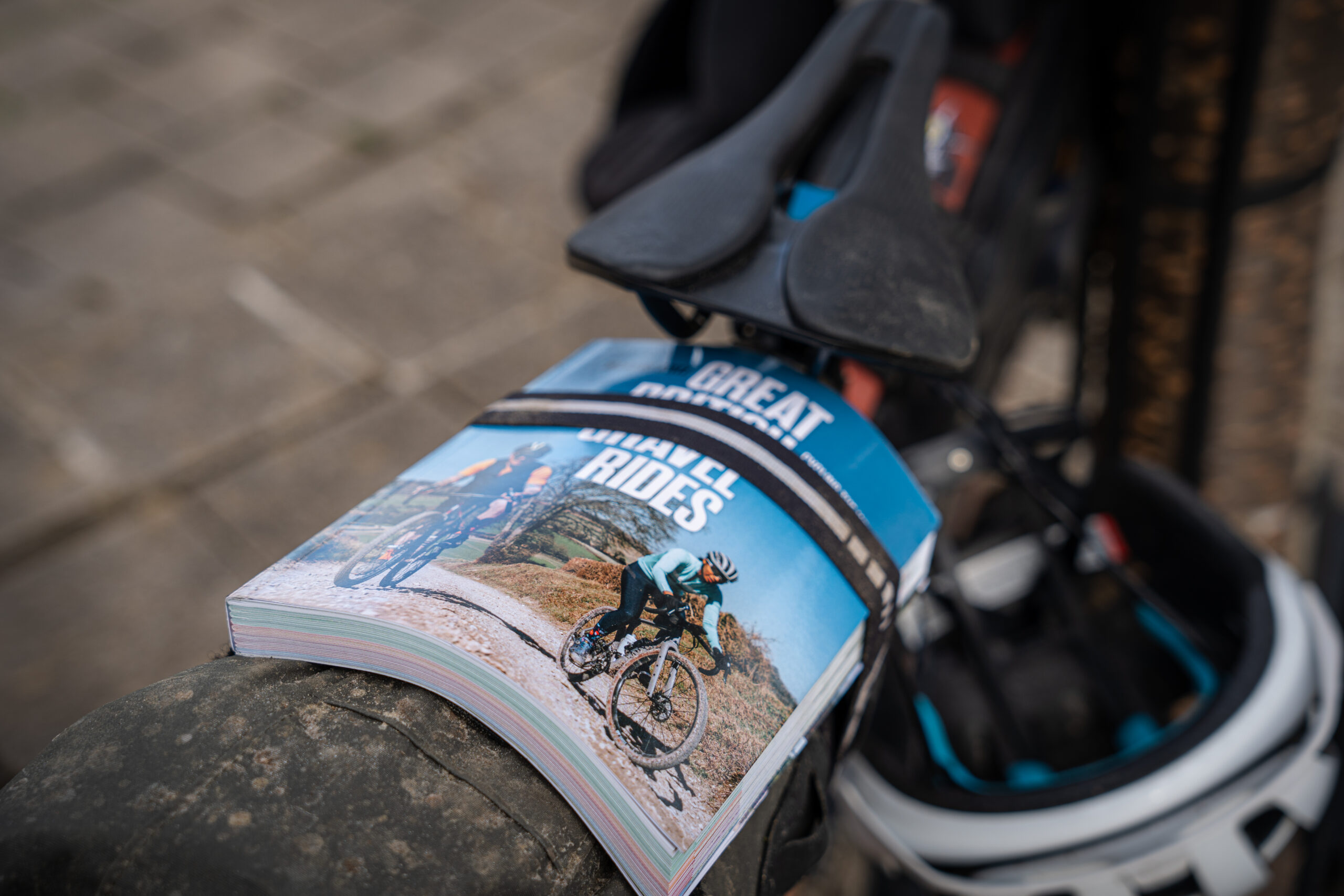
Don’t overshare
The last tip ties in well with Yellow Jersey’s insurance offer. If you have cycled a route which starts and ends at your home, make sure to make use of privacy zones in Komoot – or similar offers in different apps, to keep the location of these places private to you to prevent bike theft. But be aware that while privacy zones will be applied to all completed tours, planned tours are unaffected. So if you are planning routes, consider starting and finishing them away from your home or place of work. A local cafe will be a great start. This won’t be too much of an issue if you are on holiday, but it is still sensible to have a separation between your start and finish and the place you stay.
And as tempting it is to share a great bothy or campsite publicly – think twice about if you might spoil it for future users. Commercially available services like cafes, bike shops and accommodation providers will be thankful about a mention, but I keep wild camping spots to myself.

Markus Stitz is the author of Great British Gravel Rides and Bikepacking Scotland. Both books are available to order at markusstitz.com/books or adventurebooks.com. Most images in this blog are taken from those books. For more of Markus’ routes, check out this collection on Komoot.
Regular cyclist in the UK? Have a look at our bicycle insurance policies. We can cover your bikes for theft and accidental damage in the UK and overseas. Get cover for bike packing, touring, and racing with annual or single trip mountain bike travel insurance.